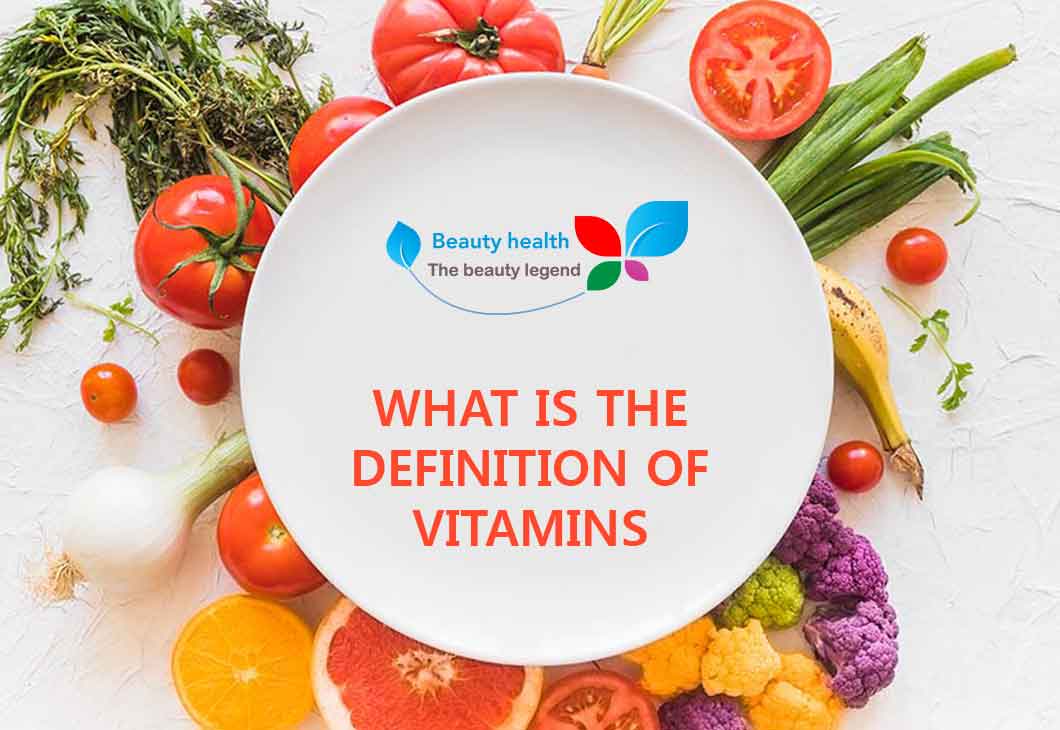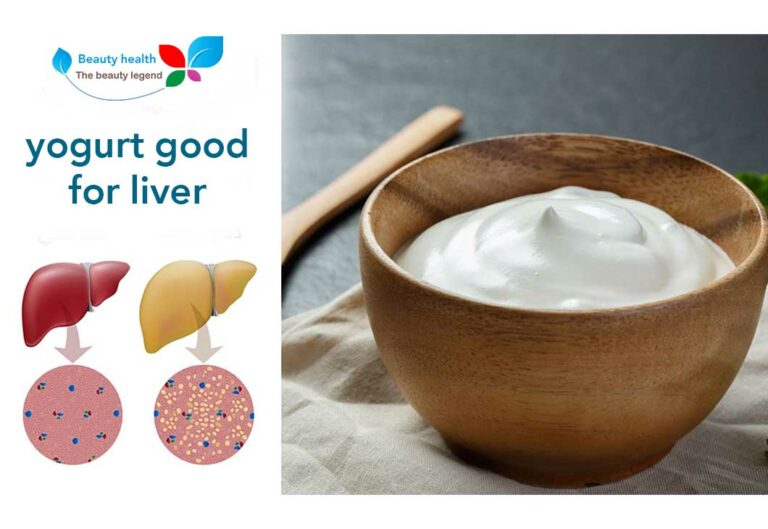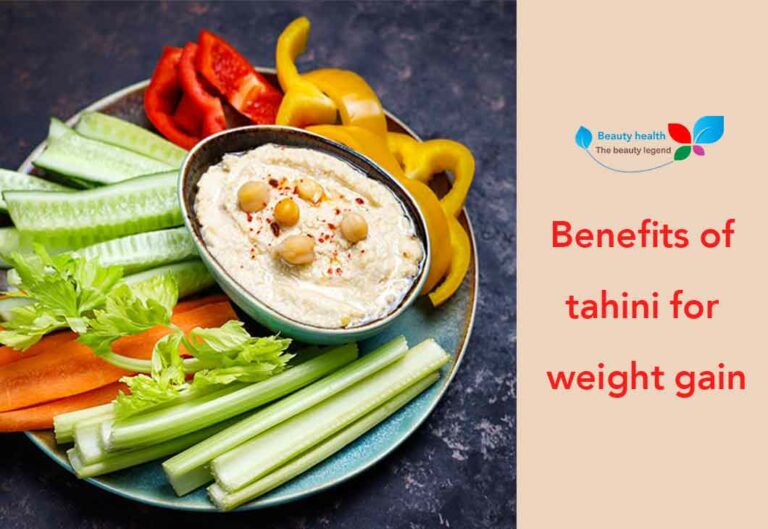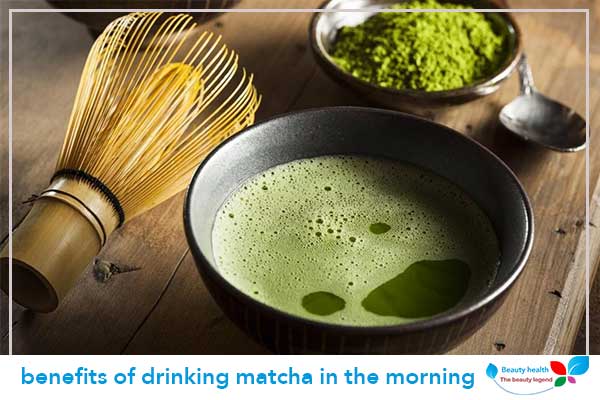What is the definition of vitamins
What is the definition of vitamins
What is the definition of vitamins? Vitamins are one of the necessary and necessary substances for the health of the body, and any deficiency in the body’s vitamins leads to a specific disease, so we will talk in this article about vitamins in detail, what are the types of vitamins, and what are the most important vitamins? Follow us to the end until you know it.
What is the definition of vitamins from the vitamin A class – A vitamin A Benefits of E:
Its natural sources:
Animal sources:
Vitamin A can be found in animal sources, namely:
Liver – yolk or egg yolk – butter – marrow – yogurt – cheese – whole milk – cod liver oil or what is known as fish oil.
Symptoms of vitamin A deficiency:
There are several symptoms of vitamin A deficiency that can be observed, and these symptoms are:
- Dry skin and mucous membranes.
- Dry conjunctiva, which is known as leeches.
- Delayed development of children and boys.
- Delayed wound healing.
- A tendency to diarrhea.
- The appearance of transverse lines in the nails.
- Changes in tooth enamel and dentin.
- Lose weight.
- Be pebbles.
- Impaired resistance of skin and mucous skin to germs .
Cases when vitamin A is given:
In addition to the fact that vitamin A is necessary for the processes of growth, reproduction and lactation, it is used in the following cases:
- Night blindness (Asha).
- Softening and keratosis of the cornea in the eye.
- Exophthalmos disease.
- Stones are in the urinary tract.
- Dryness and atrophy of the female external genitalia.
- Male infertility.
- Poor tooth formation and delayed growth.
- Hearing impairment.
- Thicken (nails).
- Warts.
- skin dryness.
- acne.
- Pounding of nails and hair.
- Psoriasis.
- X-ray ulcer.
- Nasal infection.
- Sore throat and trachea.
- Laryngitis.
- Mucosal dermatitis in the mouth.
- Gastric mucous dermatitis.
- Gastrointestinal ulcers.
What is the definition of vitamins of class vitamin B1:
Natural Vitamin B1 Sources:
Animal sources of vitamin B1:
Symptoms of its decrease:
- Nervous disorders: headache – fatigue – insomnia – sweating – numbness in the hands and feet.
- Intestinal disorders: loss of appetite for food – nausea – vomiting – constipation.
- Muscle disorder: power dissolution – muscle atrophy – symptoms of paralysis.
- Disturbances in the circulatory system: weakness of the heart – palpitations – dyspnea.
Cases given:
Poliomyelitis – Beriberi patients – Physical decline – Anxiety and anxiety – Lack of appetite and loss – Stunted growth in children – Numbness of limbs and joint pain – Neuropathic pain – Movement impairment – Diabetes – Neuritis – Sciatica – Depression. It is given to pregnant women and given with the rest of the vitamins to feed children and increase their weight.
What is the definition of vitamins from the vitamin (B2 – B) category:
Its natural sources:
Spinach – lettuce – carrots – turnip – tomatoes – radish leaves – bananas – peaches – apricots – yeast – tard seeds, wheat and oats.
Animal sources:
Cheese – eggs – milk – soft – meat – fish – roe (caviar – fish eggs) – heart – liver – kidneys.
Symptoms of its decrease:
Stunted growth and weight loss – damage to the mucous skin – infections of the tongue and God – skin ulcers – cracks of the lips and corners of the apex – frequent tears – congestion or blood eye – discomfort from seeing the light – clouding and shoulder of the cornea – disturbance of the digestive process – physical degeneration – lack Activity – increased predisposition to inflammatory diseases
Cases in which he gives:
Skin diseases (dry skin and ulceration) – cracked tongue and lips, broken nails – hair loss – acne – diabetes – anemia – eye song inflammation – chronic enteritis – decreased visual strength – weight loss in the infant – the most common hepatic ailments, gastrointestinal and diarrhea.
What is the definition of vitamins from the vitamin B3 class:
Its natural sources:
Dough yeast – beer yeast – dry yeast – dry legumes, especially chickpeas, beans and peas – spinach – parsley – carrots – cabbage – cauliflower – germ.
Animal sources:
Liver – egg yolk – meat.
Symptoms of his lack:
Spellagra symptoms – headache and headache – neurosis – constipation – itching – burning of the skin – burning tongue – diarrhea with heartburn – nausea – vomiting – scientific retardation, memory impairment – intellectual confusion.
Cases given:
Bla Gras – Skin diseases and diseases of the mucous membranes caused by food or drug poisonings – Digestive disorders – Glossitis – Stomatitis – Inflammation of the intestine – Asthma – Pain and nerve pain – Headache – Vertigo – Angina – Tinnitus.
What is the definition of vitamins of class vitamins (B – B6):
Its natural sources:
Fruits of all kinds – beer yeast – grain germ, especially wheat and corn – rice husk – beans – beans – spinach – sugar cane – the sachet
Animal sources:
Liver – kidneys – meat – milk – yolk (egg yolk).
Symptoms of its decrease:
Skin infections – the neurological symptoms of an injured person, anxiety and disorder – muscle weakness and atrophy – weak white blood cells.
Cases in which he gives:
Neurological symptoms that accompany Palat Gras and Beriberi disease – neurosis, anxiety and confusion – strong body degeneration – stomach pain – muscle weakness and atrophy – vomiting and vomiting in pregnant women – acute alcohol poisoning – Parkinson’s disease (contracture and spasms of the limbs and their involuntary vibration)۔
What is the definition of vitamins from the vitamin (B9 – B9) category or folic acid folique:
Its natural sources:
Spinach – broccoli – green leaves in vegetables – beer yeast – whole grains – nuts.
Animal sources:
Liver – kidneys – milk – cheese.
Symptoms of its decrease:
Anemia (deficiency of red blood cells – disturbances in development)
Cases in which he gives:
Anemia during pregnancy – anemia in adolescence – pernicious anemia – low white blood cells – strong body degeneration – liver disease – pancreatic diseases.
What is the definition of the vitamins of the class vitamin B12 – B12 or the vitamin Anemia
Its natural sources:
It is found in all animal tissues, especially in the liver and in the medicine.
Animal sources:
It is found in abundance in the liver – the next – the intestine – the muscles.
Symptoms of its deficiency:
Disruption of the formation of growths in the nerves – a decrease in the proportion of vegetables in the blood and in red and white sugars.
Cases in which he gives:
Pernicious anemia – strong body degeneration – chronic enteritis – nerve pain and pain – shingles – thinning of the bones – cirrhosis or cirrhosis of the liver – hepatitis – polio – increased fat deposits in the skin of the head.
What is the definition of vitamins , vitamin C – C:
Its natural source:
Lemon – sour – orange – lettuce – tomatoes – sweet pepper – parsley – spinach – cabbage – potatoes – fresh peas – carrots – bananas – apples – grapes – cauliflower – watercress – turnip – green asparagus. Does tomatoes contain more vitamin C
Animal sources:
Lean – adrenal gland (located above the kidney – liver – pituitary gland)
Symptoms of its decrease:
Drilling disease – anemia – asten caries.
Cases in which he gives:
Drilling disease – bleeding from the gums – convalescence from fevers – joint pain and predisposition to rheumatism – recurrent cold – influenza or influenza – pulmonary tuberculosis – poor tooth formation and delayed eruption – poor bone formation – poor reparation of bones when broken – pregnancy and breastfeeding – infections Mouth and gums – foot and mouth disease – herpes – shingles – stomach or duodenal ulcers.
What is the definition of vitamins from the class of vitamins Vitamin D-D Vitamin Bones – against rickets:
Its natural source:
Mushrooms – yeast – sunbathing – is rarely found in the plant.
Animal sources:
Fish liver oil (whale) – milk – eggs – butter – chicken liver.
Symptoms of its decrease:
Rickets or castration – osteomalacia in adults – tetany – delayed eruption of deciduous teeth and their poor formation – predisposition to inflammatory diseases, especially rhinitis and throat – deformity in the shape of the rib cage, pelvic bones, limbs, and bone fractures.
Cases in which he gives:
Rickets and a tendency to have convulsions – osteomalacia and loss of calcification thereof – chronic rheumatism in the joints and chronic eczema – tumors that affect the feet or hands as a result of exposure to cold – reparation of broken bones – tooth decay.
You can also read our detailed article on Vitamin D
What is the definition of vitamins of class vitamins Vitamin E – E vitamin fertilization:
Its natural sources:
Parsley – cabbage – spinach – walnuts – lettuce – peas – asparagus – watercress – wheat germ – pistachio oil – corn and cotton oil – soy oil – olive oil.
Animal sources:
Egg yolk – liver – milk – kidneys – spleen – muscles – butter 3.
Symptoms of its decrease:
Fetal death and death before the end of pregnancy – male sperm growth stops – maternal arterial weakness – heart failure and weakness.
Cases in which he gives:
Recurrent miscarriage – infertility in men and women – early labor – monthly menopause – disorder of menopause in women – lack of milk secretion in breastfeeding women – muscle atrophy and weakness – poor growth of children and children – angina pectoris – nerve and muscle diseases.
What is the definition of vitamins vitamin K:
Its natural sources:
Spinach – cauliflower – cabbage – potatoes – tomatoes – carrot leaves – strawberries – nettle – clover germ and barley – soybean oil – especially in green leaves. And rarely in fruits.
Animal sources:
Liver – bacon.
Symptoms of its decrease:
Bleeding – low level of prothromin in the blood – liver and gallbladder disease.
Cases given:
Hemorrhage – damage to liver cells – bleeding in the retina inside the eye – high blood pressure – epistaxis (blood coming out of the nose) – cirrhosis or cirrhosis of the liver – whooping cough – bleeding in dental extraction.
At the end of the article, What is the definition of vitamins:
We have presented to you in our article about What is the definition of vitamins, the most important vitamins necessary for the human body and which must be taken daily.






